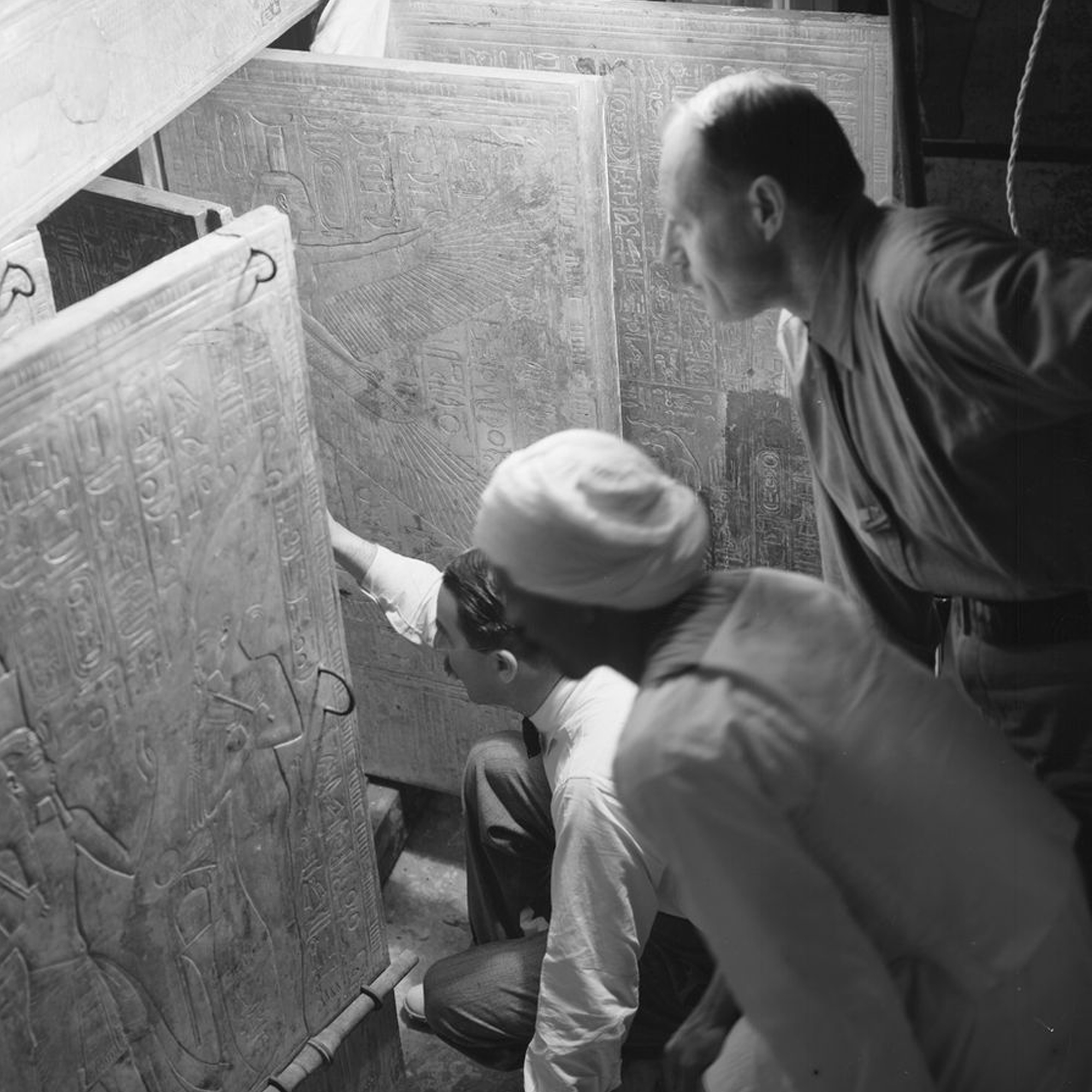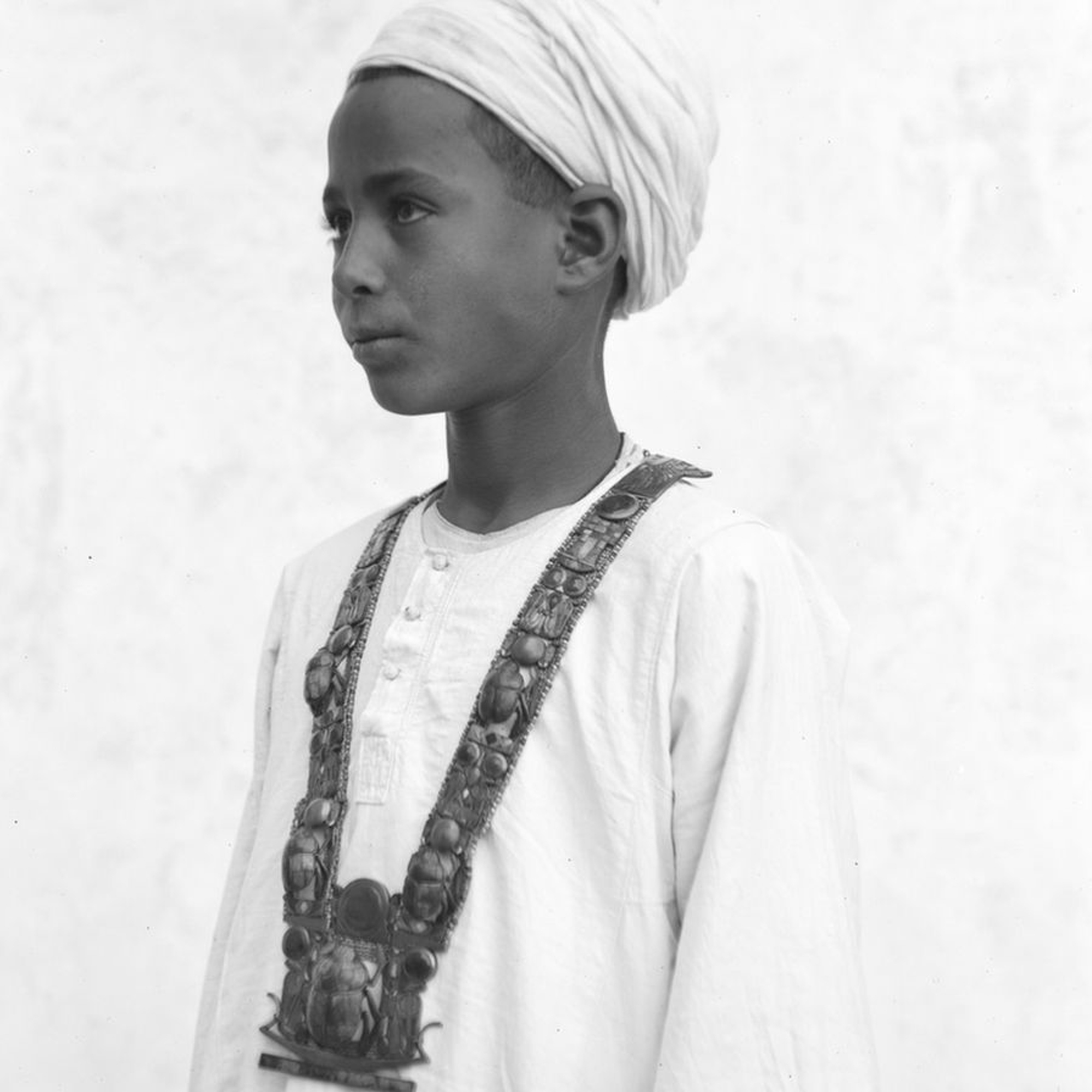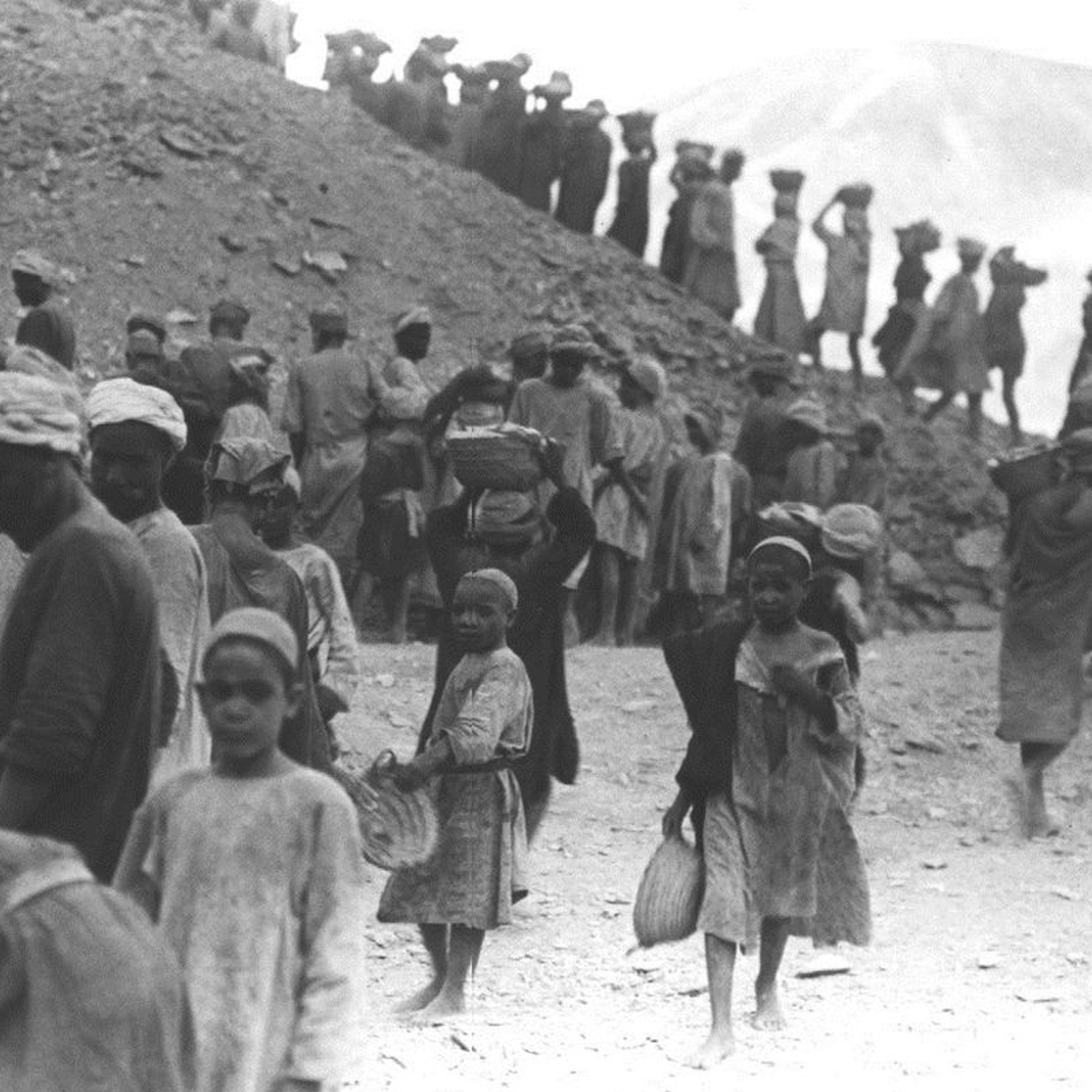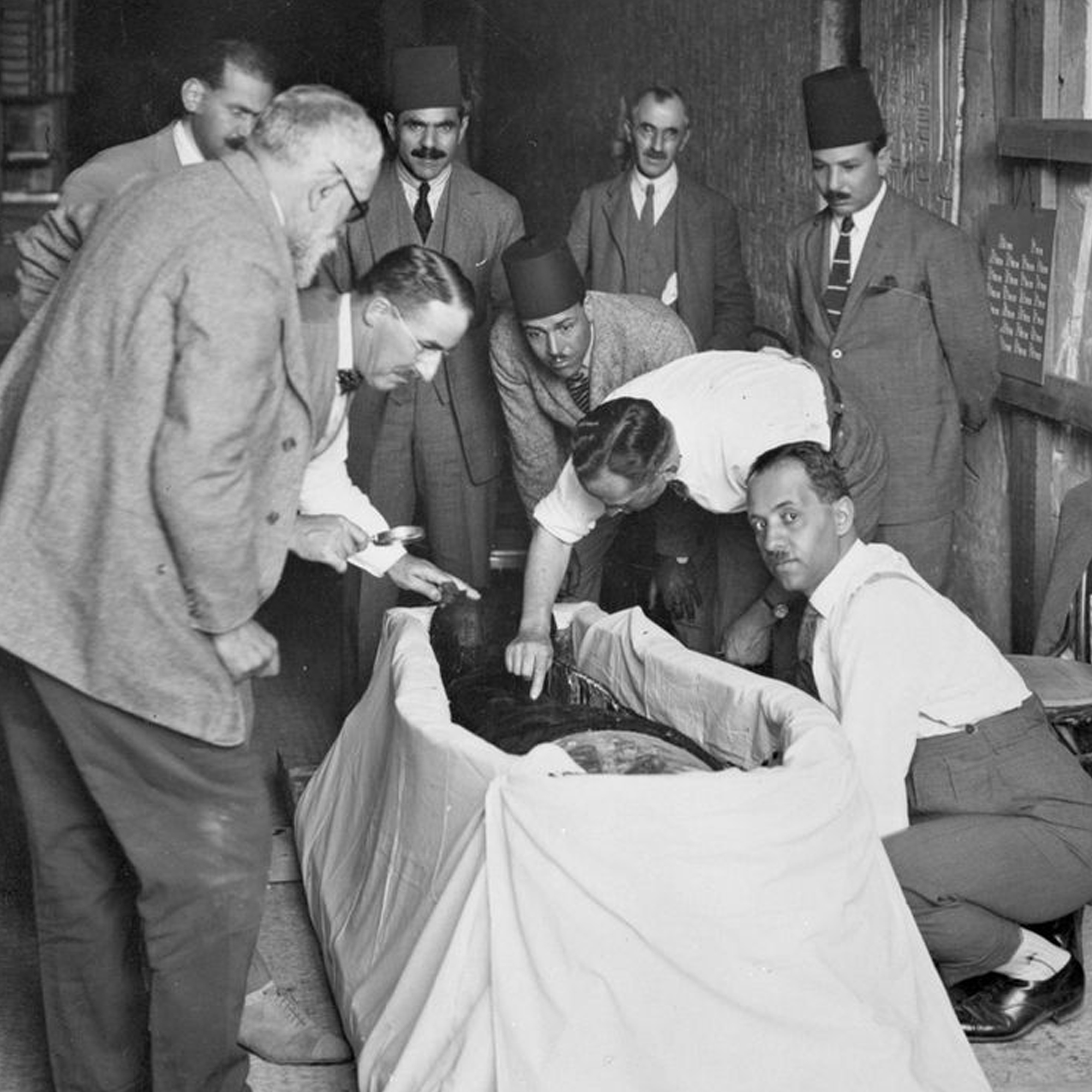University of Oxford Spotlights Egyptian Workers Who Found King Tut
The University of Oxford's Bodleian Libraries is playing host to a new exhibition, 'Tutankhamun: Excavating the Archives', focuses on the many skilled Egyptian workers who helped find King Tut's tomb.

The tomb of Tutankhamun was discovered 100 years ago, and the story of its discovery is just as old, just as mythologised as pharaoh's treasures themselves. British Egyptologist Howard Carter and his team delved into Luxor and nigh-single handedly pulled the iconic remains of this once-forgotten boy king to light.

That's the way Western media liked to play it, at least. The University of Oxford's Bodleian Libraries is playing host to a new exhibition, 'Tutankhamun: Excavating the Archives', which challenges that century-old narrative, and brings the focus on the many skilled Egyptian workers whose contributions were key to the tomb's 10-year excavation and discovery.

The exhibition features Carter's own letters, plans and drawings, alongside dramatic pictures by photographer Harry Burton, many of which depicted and lent credit to local Egyptian workers - credit which has often been overlooked. Images include a shot of two foremen and a young boy carefully taking down a partition wall to open up King Tut's burial chamber, as well as a shot of many of the 50 local workmen who excavated the site.

When shown alongside Carter's writings - which named and thanked four Egyptian foremen - it presents an image of collaboration, deliberately curated as a counterpoint to the Western vision of exoticism and adventure that is often associated with this discovery.
























